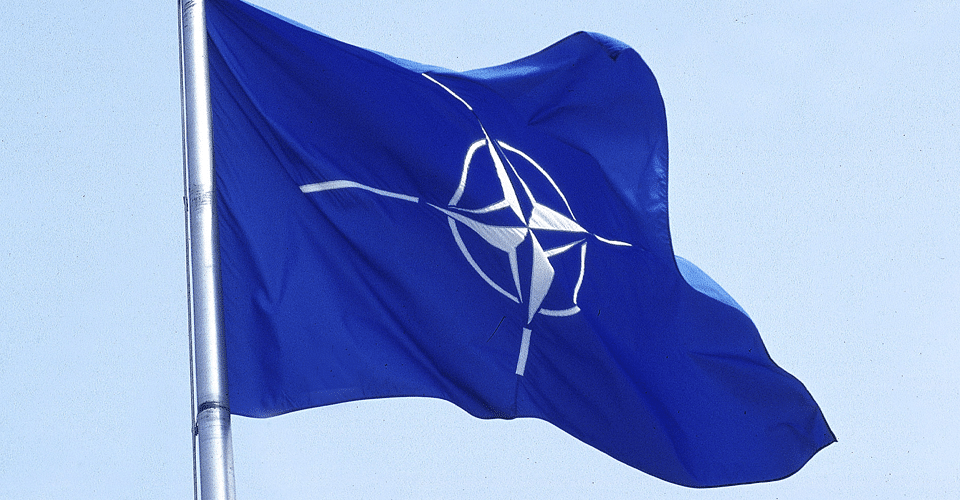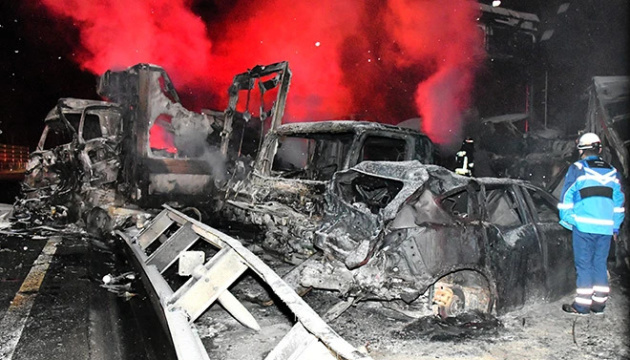КТ представляет собой неинвазивный метод обследования внутренних органов человека и тканей, когда применяется рентгеновские лучи. Проверка проводится с помощью компьютерного томографа. Принцип работы томографа клиники https://doctorfilin.ua/uk/ заключается в восприятии человеческих тканей и их реакцию на рентгеновские лучи.
Механизм функционирования компьютерного томографа
Когда аппарат начинает работать и выделять рентгеновские лучи, ткань обследуемого поглощает их с различной скоростью. Эти вспышки или затухание излучения компьютер запоминает и воспроизводит впоследствии изображения данного процесса. Программный комплекс, установленный в томографе, позволяет получать трехмерные картинки, которые помогают медикам провести качественную диагностику.
Возможности компьютерного томографа очень большие. С его помощью можно исследовать маленькие анатомические участки размеров всего несколько миллиметров. Устройства бывают разные, самыми точными из них считаются томографы, которые позволяют делать больше срезов за оборот кольца.
Виды компьютерной томографии, которые в настоящее время применяются в медицинской практике
В настоящее время современная медицина давно шагнула вперед и способна удивить любого своими результатами в диагностике. Медики способны подвергнуть исследованию следующие человеческие органы:
- компьютерная томография головы. Сюда входит: КТ головного мозга, пазух носа, гипофиза, глазных орбит, уха и черепа;
- компьютерная томография позвоночника;
- КТ ангеография. Исследование работы сердечной системы;
- компьютерная томография суставов;
- КТ органов малого таза;
- КТ брюшной полости;
- КТ мягких тканей;
- КТ грудной клетки;
- КТ костей
Практически охвачены все части человеческого организма, что позволяет медикам с максимальной точностью устанавливать диагноз.
На сегодняшний день существует большое количество компьютерных томографов, которые активно применяются в лечебной практике. Но в большинстве лечебных учреждений используются томографы спирального типа. Исследования на нем построены на возможности сканирования по спирали. Что происходит значительно быстрее и качественнее. Отличительной чертой такого обследования является то, что стол, на котором лежит пациент, постоянно двигается. Это позволяет сделать многочисленные снимки, которые увеличивают точность диагностики.


 4262
4262












